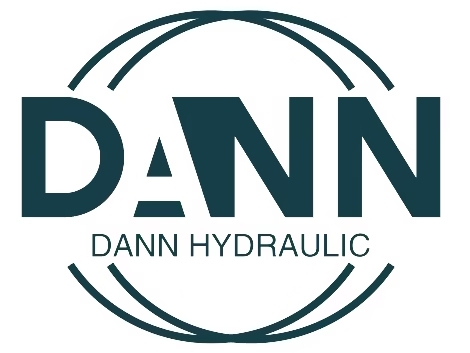“New Compact Water Cooling Rotary Unions Manufacturers” has been added to your cart.
View cart
Showing all 15 resultsSorted by price: high to low
-
Sale!

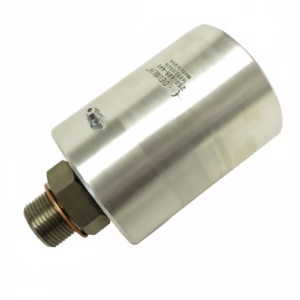
$280.00 Original price was: $280.00.$270.00Current price is: $270.00.
- Max Pressure (Air): 150 PSI
- Max Pressure (Vacuum): -13.75 PSI
- Max Flow Rate (Air): Up to 300 CFM
- Overall Length: Varies by model
- Rotor Connection: Various options available (e.g., G 1/4″-19)
- Operating Temperature: Up to 250°F (121°C)
-
Sale!

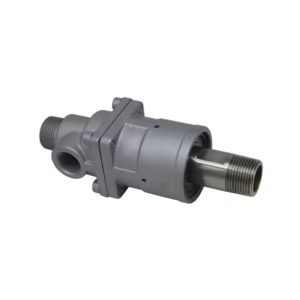
$70.00 Original price was: $70.00.$62.00Current price is: $62.00.
- Connection: Thread/The flange
- Product name: Water Hot Water Hot Oil mechanical seals rotary union
- Color: Can be customized
- Medium: water, hot oil
- Size: 20 32 40 50 65 80
- Surface treatment: spray paint
- Thread: BSPP BSPT NPT METRIC
- Max Speed: 750~2000RPM
- Max Temperature: 235℃
- Max Pressure: 10kg/cm*cm
-
Sale!

$60.00 Original price was: $60.00.$52.00Current price is: $52.00.
- Max Pressure: Up to 15,000 PSI (1,000 bar)
- Max Temperature: Up to 300°C (572°F)
- Rotational Speed: Up to 3,500 RPM
- Materials: Stainless Steel, Carbon Graphite Seals
- Seal Type: Balanced Mechanical Seals
-
Sale!

$50.00 Original price was: $50.00.$40.00Current price is: $40.00.
- Product name:Water rotary joints
- Material:Stainless Steel Brass
- Pipe Clamp Size:10/15
- Max.Speed:1000RPM
- Max. Pressure:1.6MPa
- Max.Temperature:100℃
- Applicable Medium:Water, Water heating
-
Sale!

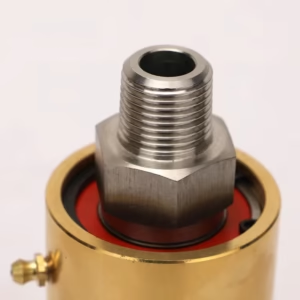
$50.00 Original price was: $50.00.$40.00Current price is: $40.00.
- Size:1/4″ – 4″
- Max. speed:3000r/min
- Max. Temperature:80℃/120℃
- Max. Pressure:1.6Mpa
- Connections: Thread
- Standard: METRIC, NPT, BSPT
- Applicable medium: coolant water/hot water/cold oil/air
-
Sale!


$35.00 Original price was: $35.00.$30.00Current price is: $30.00.
- Technique: Casting
- Shape: Equal
- Head code: Round
- Surface Treatment: Polished
- Mounting hole diameter: custom
- Pipe Class: Not Rated
- Model number: swivels
- Connectivity: Flange
- Overall Length: 15-60 inches
- Pressure: High pressure
- Pipe Features: Corrosion Resistant
-
Sale!
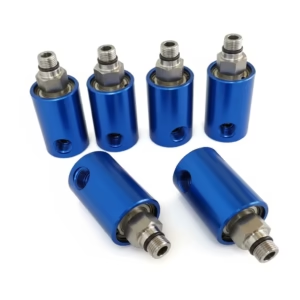
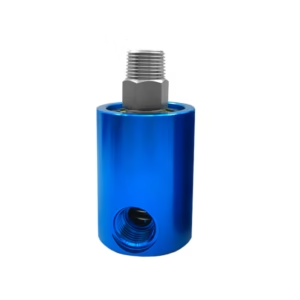
$35.00 Original price was: $35.00.$30.00Current price is: $30.00.
- Max Pressure: Up to 10 bar (145 psi)
- Max Temperature: Up to 80°C (176°F)
- Rotational Speed: Up to 3,000 RPM
- Materials: Stainless Steel, Carbon Graphite Seals
- Seal Type: Balanced Mechanical Seals
-
Sale!

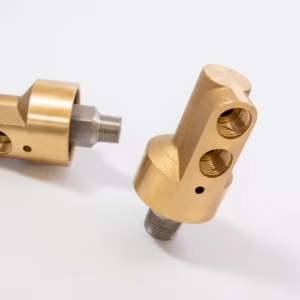
$30.00 Original price was: $30.00.$26.00Current price is: $26.00.
- Product name: Water rotary joints
- Material: Stainless Steel Brass
- Pipe Clamp Size: 10/15</li><li><strong>Max.Speed: 1000RPM
- Max. Pressure: 1.6MPa
- Max.Temperature: 100℃
- Applicable Medium: Water, Water heating
-
Sale!
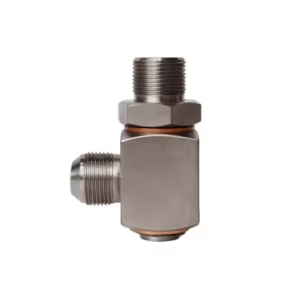
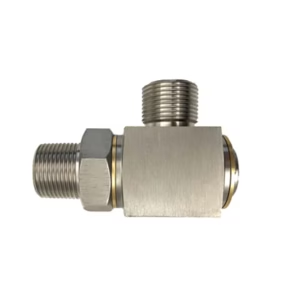
$30.00 Original price was: $30.00.$26.00Current price is: $26.00.
- Material: Stainless steel
- Size: All kinds of models and sizes can be customized.
- Max.Speed: ≤200RPM;
- Max. Pressure: ≤35Mpa;
- Max. Temperature: ≤121℃;
- Applicable medium: Hydraulic oil, water, gas, organic solvent.
-
Sale!

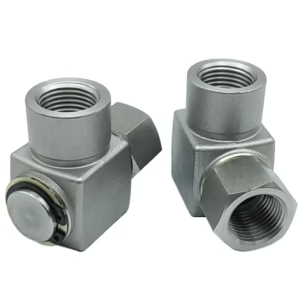
$26.00 Original price was: $26.00.$22.80Current price is: $22.80.
- Applicable pressure: 25MPa
- Applicable temperature: -200~120°C
- Speed range: 0rpm~30rpm
- Applicable media: hot water, high temperature, high-pressure steam, heat exchange fluid, nitrogen, organic solvents, hydrocarbons, cryogenic liquids, and other media.
-
Sale!
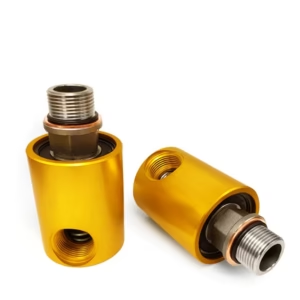
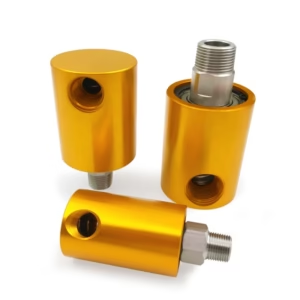
$25.00 Original price was: $25.00.$21.00Current price is: $21.00.
- Product material: brass
- Applicable media: water, air, coolant, etc.
- Maximum temperature: 60℃ (high temperature can be customized by contacting customer service)
- Maximum speed: ≤100ORPM
- Using pressure: S16KG (1.6MPA)
- Product specifications: 1/4-3 inches (2 points-3 inches)
-
Sale!

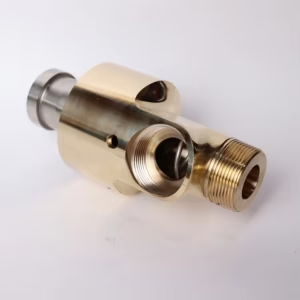
$20.00 Original price was: $20.00.$15.00Current price is: $15.00.
- Product name: HD Rotary Flange Joint
- Material: Stainless Steel & Bronze
- Seal Type : Graphite, Tungsten, Viton
- Operating Pressure: Up to 3000 PSI
- Temperature Range: -40°F to 400°F
- Rotation Speed: Up to 300 RPM
- Flange Type: Standardized Flange Options
-
Sale!

$20.00 Original price was: $20.00.$15.00Current price is: $15.00.
- Connection:Coupling, Fixed Internal Pipe
- Product name: New Compact Water Cooling Rotary Union
- Max temperature: -20°-200°
- Media: Water
- Speed: 0-1000R/min
- Pressure: 1MPa
- Application: Iron industry , big machine
- Connection thread sizes: metric imperial,1.2 American-made 3 minus 1, 1.5, 2,2.5, 3 inches
- Size: 3/4″
- Thread: BS 2779:1986
- Usage: Convey Water
-
Sale!

$20.00 Original price was: $20.00.$15.00Current price is: $15.00.
- &amp;amp;amp;lt;strong>Media Types: Cooling Water, Gas
- Max Pressure:</strong> Up to 28 bar (406 psi)
- Max Temperature: Up to 300°C (572°F)
- Connection Type: Flanged or threaded
- Max Speed: Up to 150 RPM
-
Sale!
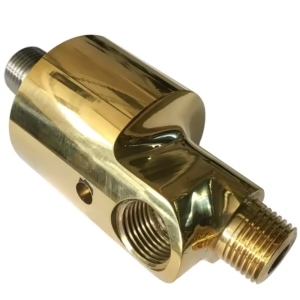
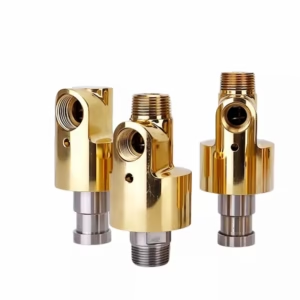
$15.00 Original price was: $15.00.$12.00Current price is: $12.00.
- Material Options: Stainless Steel, Brass, Carbon Steel
- Pressure Rating: Up to 5000 PSI (customizable)
- Temperature Range: -20°C to 200°C (-4°F to 392°F)
- Port Sizes: 1/8” to 2” (custom sizes available)
- Rotation Speed: Up to 1000 RPM (higher speeds available upon request)
